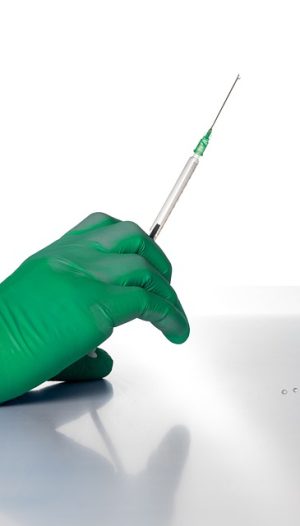Facial wrinkles are influenced by sun exposure, facial expressions, and aging. There are three types: static, dynamic, and deep wrinkles. Botox injections are a popular non-surgical treatment, relaxing muscles to prevent or reduce dynamic wrinkles. With minimal downtime and lasting results, Botox offers natural-looking wrinkle reduction. However, it carries risks like muscle weakness and side effects such as swelling or bruising. Choosing a qualified dermatologist is crucial for safe and effective treatments, along with proper post-care. Alternatives include dermal fillers, microdermabrasion, and laser treatments for various preferences and budgets.
Facial wrinkles, a sign of aging, can now be effectively tackled with Botox injections. This powerful cosmetic procedure has revolutionized skincare by offering a non-surgical solution for reducing fine lines and crow’s feet. Understanding facial wrinkles and their causes is the first step towards informed decision-making. This article explores everything from the science behind Botox to safety concerns, helping you make an educated choice while uncovering alternative wrinkle reduction methods.
Understanding Facial Wrinkles: Causes and Types

Facial wrinkles are a natural part of aging, but their appearance and depth can vary greatly from person to person. Understanding the causes and types of wrinkles is essential when considering treatments like Botox injections for wrinkle reduction. Wrinkles form due to a combination of factors, primarily related to skin health and structural changes over time. These include sun exposure, which damages collagen and elastin fibers, leading to loss of skin elasticity; facial expressions, as certain dynamic lines can become permanent over time; and aging, as the skin produces less oil and natural moisture retainers, making it drier and more susceptible to wrinkles.
There are several types of facial wrinkles, each with its own characteristics. Static wrinkles are those that remain even when the face is at rest, often caused by genetic predisposition or severe sun damage. Dynamic wrinkles, on the other hand, form due to muscle contractions during facial expressions, like smiling or frowning, and can be reduced through treatments that relax these muscles temporarily, such as Botox injections. Additionally, deep wrinkles, also known as furrows, can develop between the eyebrows or on the forehead, indicating significant muscle activity and collagen loss.
The Role of Botox Injections in Wrinkle Reduction

Botox injections have emerged as a popular and effective non-surgical method for facial wrinkle reduction. By relaxing specific muscle groups, Botox can prevent dynamic wrinkles from forming or minimize their appearance. These injections work by blocking nerve signals that cause muscles to contract, thereby reducing frown lines, crow’s feet, and other expression lines. The procedure is quick, minimally invasive, and offers results that can last for several months, providing a more youthful and smoother complexion.
The use of Botox injections in wrinkle reduction has gained significant traction due to its safety profile and impressive outcomes. It is particularly effective for treating areas like the forehead, eyes, and mouth, where facial expressions tend to create deep wrinkles over time. With proper administration by trained professionals, Botox can enhance one’s natural beauty while promoting a more relaxed and rejuvenated appearance.
How Botox Works to Smooth Out Fine Lines and Crow's Feet

Botox injections have become a popular and effective non-surgical solution for smoothing out fine lines and crow’s feet, those telltale signs of aging we often first notice around our eyes and forehead. The process involves injecting a small amount of botulinum toxin into specific muscle groups, temporarily paralyzing them. This disruption prevents the muscles from contracting, which is what causes dynamic wrinkles to form over time. By blocking these contractions, Botox injections can significantly reduce the appearance of fine lines and wrinkles, providing a smoother, more youthful-looking complexion.
The effects of Botox are usually noticeable within a few days to a week after treatment, reaching their maximum effect around two weeks post-injection. The results can last for several months, offering a lengthy respite from regular wrinkle concern. This temporary paralysis is a carefully calculated approach, as it allows the skin to heal and produce new collagen, further enhancing its elasticity and overall appearance.
Benefits of Non-Surgical Botox Treatments
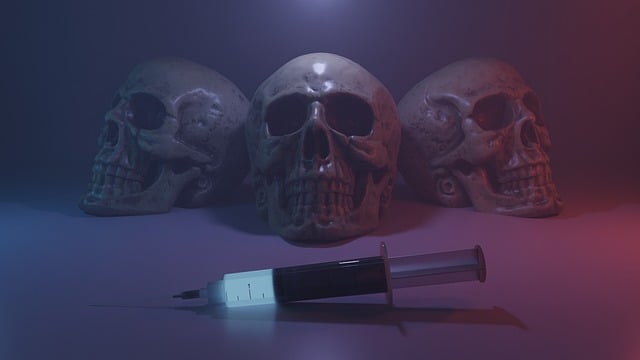
Non-surgical Botox treatments offer a multitude of benefits for those seeking facial wrinkle reduction. One of the key advantages is their non-invasive nature, eliminating the need for extensive procedures and associated recovery times. Botox injections work by temporarily paralyzing muscles responsible for creating wrinkles, providing immediate results in the reduction of fine lines and furrows. This gentle approach not only enhances appearance but also promotes a more youthful complexion without the risks often associated with surgical alternatives.
Additionally, non-surgical Botox treatments are highly customizable to individual needs. Skilled practitioners can tailor the injection volume and areas targeted to achieve natural-looking results. This precision ensures facial expressions remain intact, allowing for normal range of motion and avoiding that stiff or frozen look sometimes seen in more aggressive treatments. With minimal downtime and immediate effectiveness, Botox injections have become a popular choice for individuals aiming to combat signs of aging discreetly and effectively.
Safety and Potential Side Effects of Botox Injections
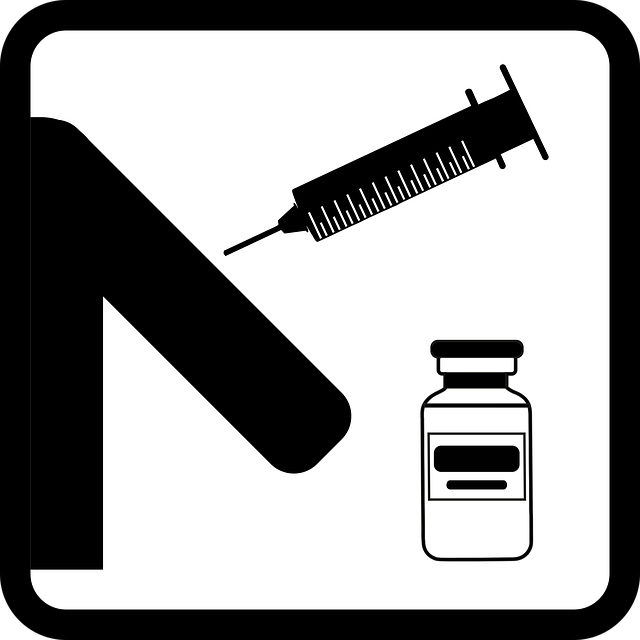
Botox injections have become a popular choice for facial wrinkle reduction, but it’s crucial to understand the safety profile and potential side effects before undergoing this procedure. While Botox is generally considered safe when administered by a qualified healthcare professional, there are some risks associated with the treatment. Temporary muscle weakness or paralysis is a common side effect, especially in areas like the face where fine muscles are involved. This can lead to difficulties in facial expression, but typically resolves within weeks as the body regenerates new nerve connections.
Other possible side effects include mild swelling, bruising, and discomfort at the injection site. In rare cases, Botox may cause more severe reactions or systemic issues, such as allergic responses or an adverse effect on the respiratory system. It’s essential to choose a reputable healthcare provider experienced in Botox injections to minimize these risks. Before treatment, discuss your medical history and any medications you’re taking to ensure safe administration of Botox injections.
Choosing the Right Dermatologist for Your Botox Procedure
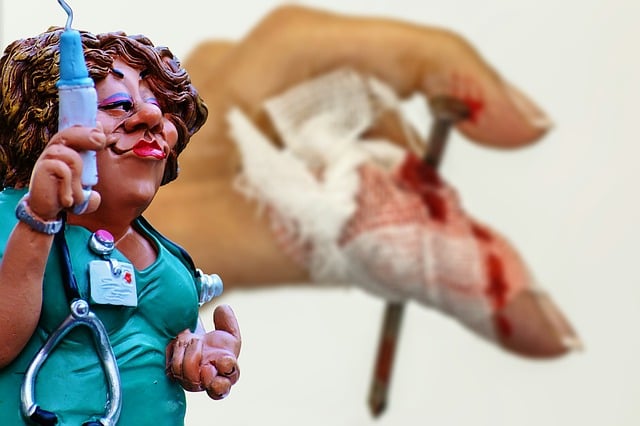
When considering a Botox procedure for facial wrinkle reduction, selecting the right dermatologist is paramount. It’s crucial to find a board-certified dermatologist with extensive experience in cosmetic treatments, especially Botox injections. Look for practitioners who stay updated on the latest techniques and products, ensuring you receive cutting-edge care.
Research their background, check patient reviews, and inquire about certifications. A good dermatologist will take the time to understand your concerns, goals, and medical history before recommending the most suitable treatment plan. They should offer personalized advice, address any questions or fears, and provide clear guidance on post-procedure care for optimal results.
Maintenance and Follow-Up Care After Botox Treatment
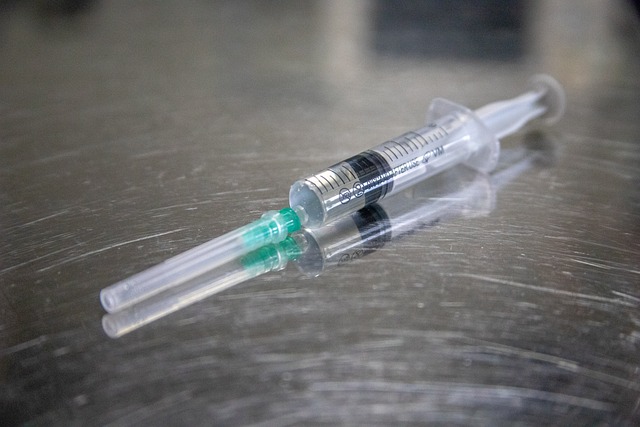
After receiving Botox injections, proper maintenance and follow-up care are essential to maximize results and ensure a smooth recovery. It’s crucial to avoid strenuous activities for the first few days post-treatment to prevent any potential bruising or swelling. Additionally, sun protection is vital; using a broad-spectrum sunscreen with at least SPF 30 daily helps maintain healthy skin and prevents further wrinkle formation. Staying hydrated by drinking plenty of water can also enhance the overall appearance of your skin.
During follow-up appointments, your dermatologist will assess the treatment’s effectiveness and address any concerns. They may recommend specific skincare routines or topical treatments to complement the Botox and support long-lasting results. Following their guidance diligently is key to achieving optimal outcomes and maintaining a youthful complexion.
Alternative Options to Botox for Wrinkle Reduction

When considering wrinkle reduction, many people first think of Botox injections. While effective, this isn’t the only option available. There are several alternative treatments that can help minimize facial wrinkles and improve skin elasticity. One such alternative is dermal fillers, which use natural substances to add volume to the skin, smoothing out fine lines and wrinkles in the process. Another promising method is microdermabrasion, a non-invasive procedure that exfoliates the top layer of skin to reveal smoother, younger-looking skin. Laser treatments are also gaining popularity; certain lasers can break down collagen-destroying enzymes and stimulate new collagen production, leading to improved skin texture and reduced wrinkles. These alternatives offer a range of safe and effective ways to combat signs of aging, catering to various preferences and budgets.
